Software Projects Caveat: Scope / Requirements
Published on: May 01, 2023
Last updated: May 07, 2024 Read in fullscreen view
Last updated: May 07, 2024 Read in fullscreen view
- 18 Oct 2020
 How to use the "Knowns" and "Unknowns" technique to manage assumptions 22/1002
How to use the "Knowns" and "Unknowns" technique to manage assumptions 22/1002 - 01 Oct 2020
 Fail fast, learn faster with Agile methodology 16/982
Fail fast, learn faster with Agile methodology 16/982 - 13 Oct 2021
 Outsourcing Software Development: MVP, Proof of Concept (POC) and Prototyping. Which is better? 12/436
Outsourcing Software Development: MVP, Proof of Concept (POC) and Prototyping. Which is better? 12/436 - 12 Oct 2022
 14 Common Reasons Software Projects Fail (And How To Avoid Them) 11/510
14 Common Reasons Software Projects Fail (And How To Avoid Them) 11/510 - 19 Oct 2021
 Is gold plating good or bad in project management? 8/760
Is gold plating good or bad in project management? 8/760 - 06 Feb 2021
 Why fail fast and learn fast? 8/386
Why fail fast and learn fast? 8/386 - 10 Nov 2022
 Poor Code Indicators and How to Improve Your Code? 8/217
Poor Code Indicators and How to Improve Your Code? 8/217 - 01 Sep 2022
 Facts Chart: Why Do Software Projects Fail? 7/548
Facts Chart: Why Do Software Projects Fail? 7/548 - 07 Oct 2025
 Case Study: Using the “Messaging House” Framework to Build a Digital Transformation Roadmap 7/56
Case Study: Using the “Messaging House” Framework to Build a Digital Transformation Roadmap 7/56 - 01 Mar 2023
 Bug Prioritization - What are the 5 levels of priority? 6/210
Bug Prioritization - What are the 5 levels of priority? 6/210 - 08 Nov 2022
 4 tips for meeting tough deadlines when outsourcing projects to software vendor 6/255
4 tips for meeting tough deadlines when outsourcing projects to software vendor 6/255 - 10 Apr 2021
 RFP vs POC: Why the proof of concept is replacing the request for proposal 6/270
RFP vs POC: Why the proof of concept is replacing the request for proposal 6/270 - 28 Jul 2022
 POC, Prototypes, Pilots and MVP: What Are the Differences? 6/617
POC, Prototypes, Pilots and MVP: What Are the Differences? 6/617 - 06 Mar 2021
 4 things you need to do before getting an accurate quote for your software development 6/620
4 things you need to do before getting an accurate quote for your software development 6/620 - 31 Oct 2021
 Tips to Fail Fast With Outsourcing 5/379
Tips to Fail Fast With Outsourcing 5/379 - 05 Mar 2021
 How do you minimize risks when you outsource software development? 5/319
How do you minimize risks when you outsource software development? 5/319 - 08 Oct 2022
 KPI - The New Leadership 5/561
KPI - The New Leadership 5/561 - 04 Oct 2022
 Which ERP implementation strategy is right for your business? 5/281
Which ERP implementation strategy is right for your business? 5/281 - 12 Dec 2021
 Zero Sum Games Agile vs. Waterfall Project Management Methods 5/378
Zero Sum Games Agile vs. Waterfall Project Management Methods 5/378 - 16 Apr 2021
 Insightful Business Technology Consulting at TIGO 5/381
Insightful Business Technology Consulting at TIGO 5/381 - 14 Oct 2021
 Advantages and Disadvantages of Time and Material Contract (T&M) 5/799
Advantages and Disadvantages of Time and Material Contract (T&M) 5/799 - 05 Sep 2023
 The Cold Start Problem: How to Start and Scale Network Effects 5/173
The Cold Start Problem: How to Start and Scale Network Effects 5/173 - 31 Aug 2022
 What are the best practices for software contract negotiations? 5/218
What are the best practices for software contract negotiations? 5/218 - 18 Aug 2022
 What are the consequences of poor requirements with software development projects? 5/248
What are the consequences of poor requirements with software development projects? 5/248 - 10 Dec 2023
 Pain points of User Acceptance Testing (UAT) 4/423
Pain points of User Acceptance Testing (UAT) 4/423 - 13 Dec 2020
 Move fast, fail fast, fail-safe 4/296
Move fast, fail fast, fail-safe 4/296 - 18 Jul 2021
 How To Ramp Up An Offshore Software Development Team Quickly 4/527
How To Ramp Up An Offshore Software Development Team Quickly 4/527 - 28 Dec 2021
 8 types of pricing models in software development outsourcing 4/420
8 types of pricing models in software development outsourcing 4/420 - 28 Oct 2022
 Build Operate Transfer (B.O.T) Model in Software Outsourcing 3/366
Build Operate Transfer (B.O.T) Model in Software Outsourcing 3/366 - 17 Jun 2021
 What is IT-business alignment? 3/348
What is IT-business alignment? 3/348 - 23 Sep 2021
 INFOGRAPHIC: Top 9 Software Outsourcing Mistakes 3/414
INFOGRAPHIC: Top 9 Software Outsourcing Mistakes 3/414 - 04 Oct 2021
 Product Validation: The Key to Developing the Best Product Possible 3/298
Product Validation: The Key to Developing the Best Product Possible 3/298 - 17 Feb 2022
 Prioritizing Software Requirements with Kano Analysis 3/286
Prioritizing Software Requirements with Kano Analysis 3/286 - 07 Aug 2022
 Things to Consider When Choosing a Technology Partner 3/256
Things to Consider When Choosing a Technology Partner 3/256 - 07 Jul 2021
 The 5 Levels of IT Help Desk Support 3/384
The 5 Levels of IT Help Desk Support 3/384 - 09 Mar 2022
 Consultant Implementation Pricing 3/190
Consultant Implementation Pricing 3/190 - 16 Feb 2021
 Choose Outsourcing for Your Non Disclosure Agreement (NDA) 3/150
Choose Outsourcing for Your Non Disclosure Agreement (NDA) 3/150 - 01 Dec 2023
 Laws of Project Management 3/251
Laws of Project Management 3/251 - 01 May 2023
 CTO Interview Questions 2/304
CTO Interview Questions 2/304 - 01 May 2024
 Warren Buffett’s Golden Rule for Digital Transformation: Avoiding Tech Overload 2/192
Warren Buffett’s Golden Rule for Digital Transformation: Avoiding Tech Overload 2/192 - 07 Oct 2022
 Digital Transformation: Become a Technology Powerhouse 2/225
Digital Transformation: Become a Technology Powerhouse 2/225 - 19 Apr 2021
 7 Most Common Time-Wasters For Software Development 2/533
7 Most Common Time-Wasters For Software Development 2/533 - 03 Nov 2022
 Top questions and answers you must know before ask for software outsourcing 1/267
Top questions and answers you must know before ask for software outsourcing 1/267 - 30 Oct 2022
 How Much Does MVP Development Cost in 2023? 1/181
How Much Does MVP Development Cost in 2023? 1/181 - 09 Feb 2023
 The Challenge of Fixed-Bid Software Projects 1/193
The Challenge of Fixed-Bid Software Projects 1/193 - 10 Jul 2025
 Building AI-Driven Knowledge Graphs from Unstructured Data 1/122
Building AI-Driven Knowledge Graphs from Unstructured Data 1/122 - 12 Aug 2024
 Understanding Google Analytics in Mumbai: A Beginner's Guide 1/86
Understanding Google Analytics in Mumbai: A Beginner's Guide 1/86 - 26 Dec 2023
 Improving Meeting Effectiveness Through the Six Thinking Hats 1/210
Improving Meeting Effectiveness Through the Six Thinking Hats 1/210 - 05 Jan 2024
 Easy ASANA tips & tricks for you and your team 1/182
Easy ASANA tips & tricks for you and your team 1/182 - 11 Jan 2024
 What are the Benefits and Limitations of Augmented Intelligence? 1/440
What are the Benefits and Limitations of Augmented Intelligence? 1/440 - 06 Mar 2024
 [SemRush] What Are LSI Keywords & Why They Don‘t Matter /131
[SemRush] What Are LSI Keywords & Why They Don‘t Matter /131 - 12 Mar 2024
 How do you create FOMO in software prospects? /137
How do you create FOMO in software prospects? /137 - 14 Mar 2024
 Why should you opt for software localization from a professional agency? /121
Why should you opt for software localization from a professional agency? /121 - 01 Mar 2023
 How do you deal with disputes and conflicts that may arise during a software consulting project? /146
How do you deal with disputes and conflicts that may arise during a software consulting project? /146 - 17 Mar 2025
 IT Consultants in Digital Transformation /66
IT Consultants in Digital Transformation /66 - 20 Nov 2022
 Software Requirements Are A Communication Problem /234
Software Requirements Are A Communication Problem /234 - 09 Jan 2022
 How to Bridge the Gap Between Business and IT? /165
How to Bridge the Gap Between Business and IT? /165 - 06 Nov 2019
 How to Access Software Project Size? /236
How to Access Software Project Size? /236 - 19 Oct 2021
 Software development life cycles /629
Software development life cycles /629
The IT industry is not that young anymore. However, there are still many never-ending projects; in addition, some projects end with low satisfaction on one or both sides – the customer and the developer side.
The most common problem is the scope of a project. Developers regularly complain to customers who repeatedly increase and enlarge their requirements during the project repeatedly. I agree this is a huge problem, and the scope of a project has to be defined and followed. However, I want to say couple of words from a point of view that is not often taken.
The most common problem is the scope of a project. Developers regularly complain to customers who repeatedly increase and enlarge their requirements during the project repeatedly. I agree this is a huge problem, and the scope of a project has to be defined and followed. However, I want to say couple of words from a point of view that is not often taken.
There are so many times when customers are not satisfied with an IT project because they can add requirements after the initial phase of functional analysis. They do not understand why it is so hard to add or change a functionality of an application, even if they explain the new functionality is crucial for them. So – why do developers assume their customers know their requirements in advance? Do the developers always know all of their needs and wishes in advance when they go shopping something? Of course they (we) do not. This is human – many times, you realize what you would want when you see what is possible. Take an example with mobile phones, there was a general idea somewhere in the ether how nice it would be to have a phone available anywhere. Then somebody invented mobile phone. After that, people got additional ideas with a built-in camera.
If you are a developer, you should take your customer’s point of view. You should anticipate at least three iterations of gathering the requirements. Of course, you have to limit the number of iterations. Consider preparing a proof-of-concept (POC) or proof-of-value (POV) for project or application. Show your users what can be done before you seal the scope. If you are a customer, remember that even developers do not know everything in advance. In addition, you should still be aware that the scope has to be determined in a moderate period if you want to finish your project some day.
[{"displaySettingInfo":"[{\"isFullLayout\":false,\"layoutWidthRatio\":\"\",\"showBlogMetadata\":true,\"includeSuggestedAndRelatedBlogs\":true,\"enableLazyLoad\":true,\"quoteStyle\":\"1\",\"bigHeadingFontStyle\":\"1\",\"postPictureFrameStyle\":\"1\",\"isFaqLayout\":false,\"isIncludedCaption\":false,\"faqLayoutTheme\":\"1\",\"isSliderLayout\":false}]"},{"articleSourceInfo":"[{\"sourceName\":\"\",\"sourceValue\":\"\"}]"},{"privacyInfo":"[{\"isOutsideVietnam\":false}]"},{"tocInfo":"[{\"isEnabledTOC\":true,\"isAutoNumbering\":false,\"isShowKeyHeadingWithIcon\":false}]"}]
Via
{content}
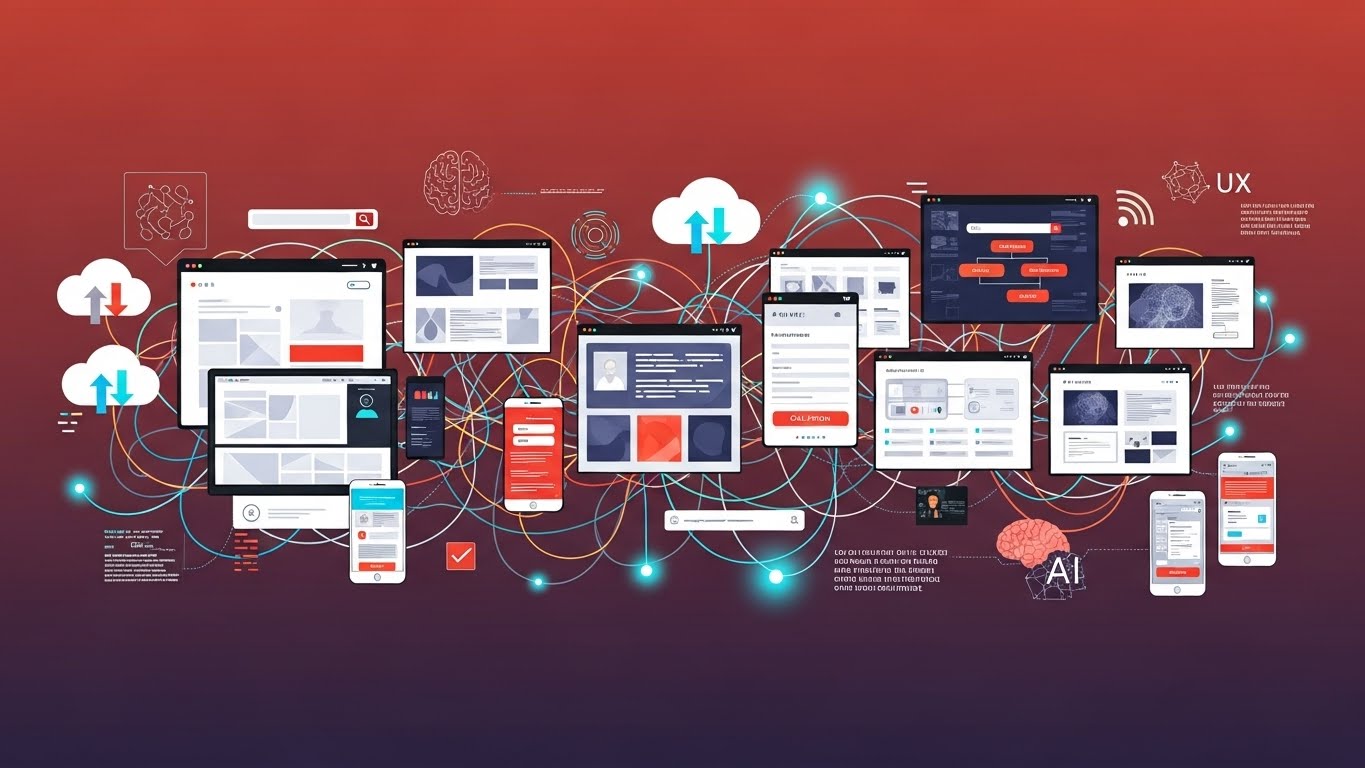










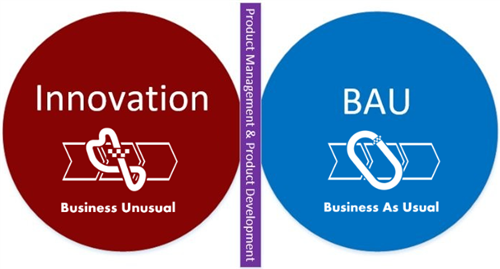
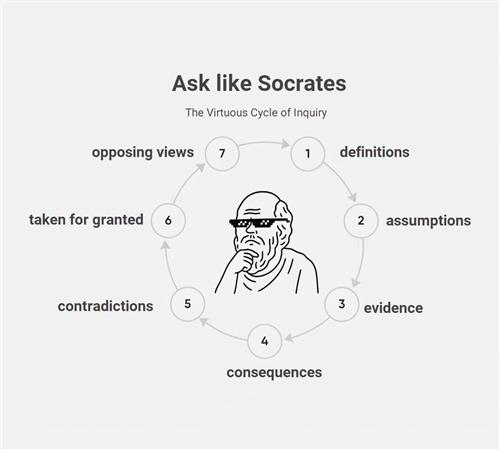
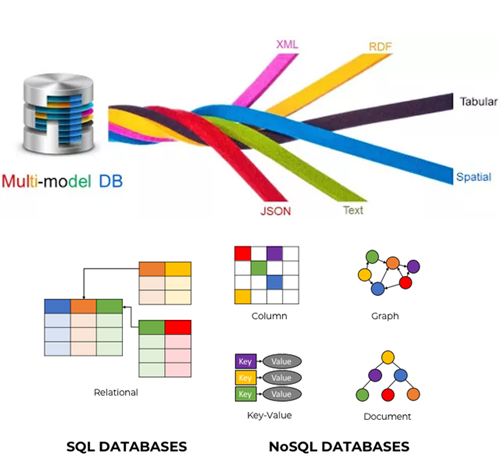
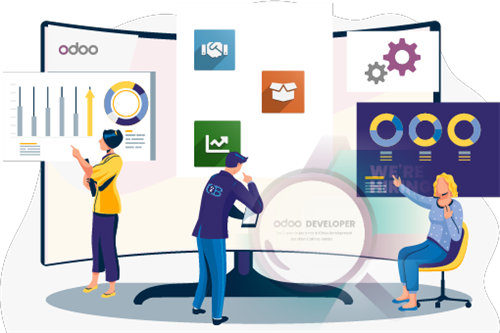
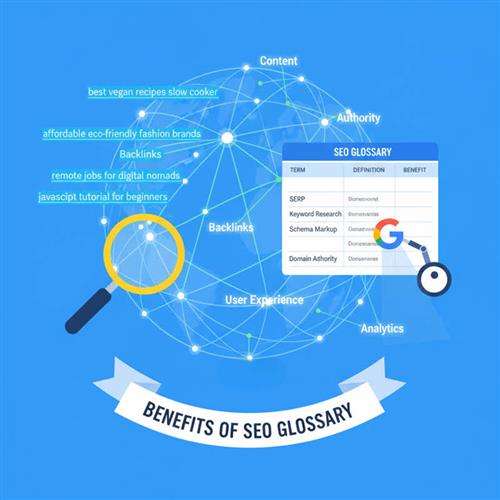
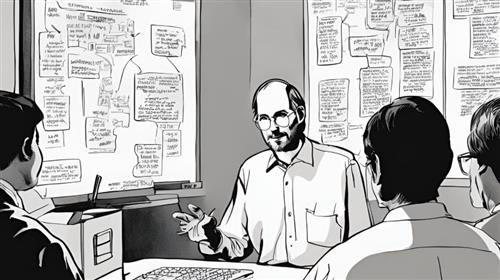
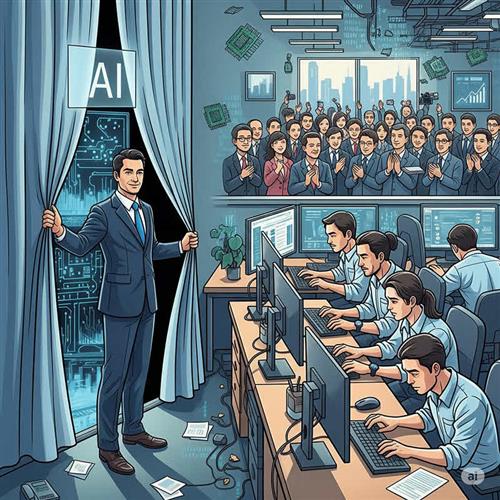

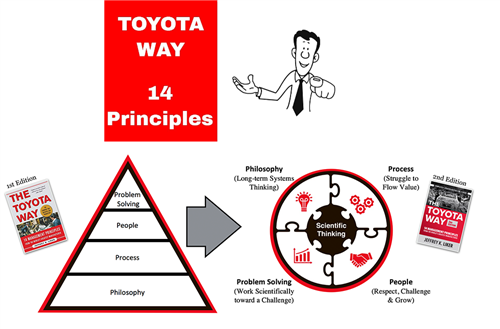


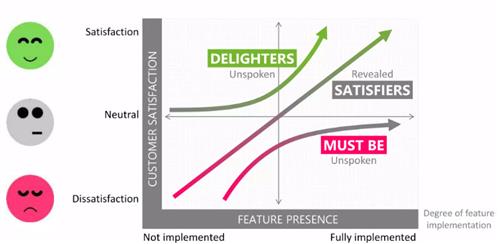

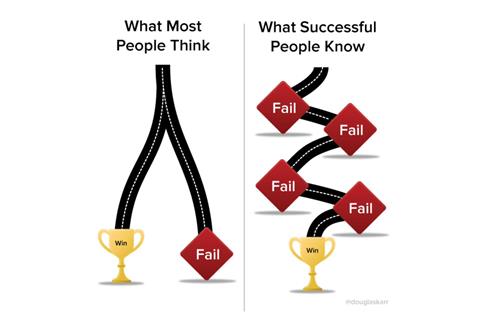










 Link copied!
Link copied!
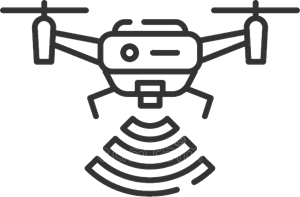 Recently Updated News
Recently Updated News